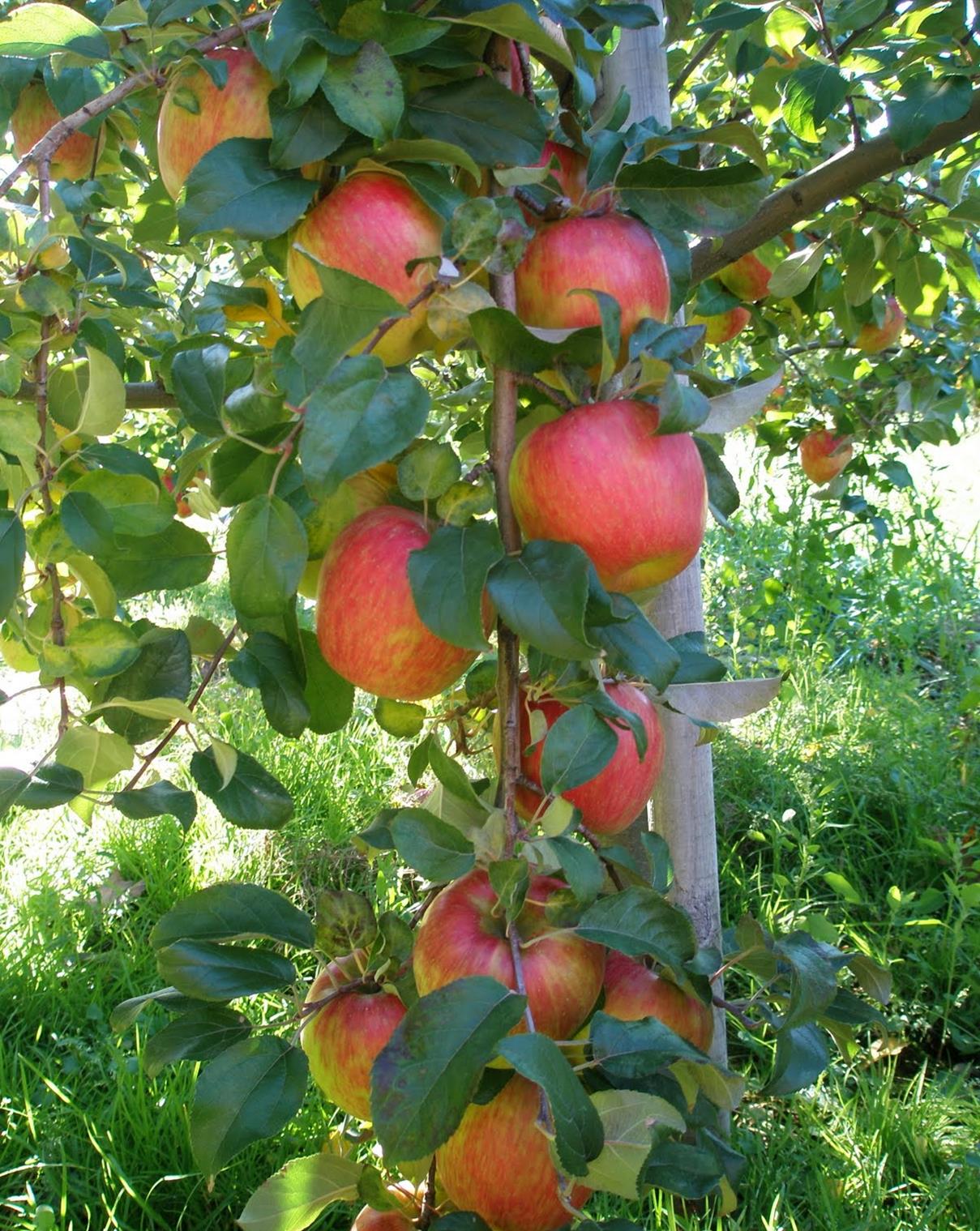Riverdene Garden Center
Combination Apple
Combination Apple
Couldn't load pickup availability
Multiple Apple Varieties Grafted onto One Tree
A Combination Apple Tree (also called a multi-graft apple tree) has multiple apple varieties grafted onto a single rootstock, allowing you to grow several types of apples on one tree. This is ideal for small spaces, home orchards, and extended harvest periods. Most combination apple trees are cold-hardy (Zone 3-6) and well-suited for Southwest Saskatchewan.
Planting & Location
- Hardiness Zone: 3-6 (varies by grafted varieties)
-
Mature Size:
- Semi-Dwarf: 12-15 feet tall, 10-12 feet wide
- Dwarf: 8-10 feet tall, 6-8 feet wide
- Growth Rate: Moderate (12-24 inches per year)
- Sunlight Needs: Full sun (6+ hours of direct sunlight per day)
-
Soil Preference:
- Prefers moist, well-drained loamy soil.
- Tolerates sandy and clay soils if well-draining.
- Slightly acidic to neutral soil (pH 6.0-7.0) is best.
-
Spacing:
- Semi-Dwarf: 10-12 feet apart
- Dwarf: 6-8 feet apart
Pollination & Fruit Production
- Self-Pollinating: Most combination apple trees contain a mix of early, mid, and late-season varieties, ensuring pollination.
-
Common Grafted Varieties:
- Honeycrisp, Goodland, Haralson, Norkent, Sweet Sixteen, Fuji, Gala, McIntosh, Golden Delicious, Red Delicious, etc.
- Check the specific varieties grafted onto your tree for compatibility.
- Harvest Time: Varies by variety (typically August to October).
- Fruit Storage: Depends on variety; Honeycrisp and Haralson store for 4-6 months, while McIntosh stores for 2-3 months.
Watering
- Young Trees (First 2-3 Years): Water deeply once per week to establish roots.
- Established Trees: Water every 2-3 weeks in dry conditions.
- Avoid Overwatering: Apple trees dislike soggy roots—ensure good drainage.
Fertilizing
- First Year: No fertilizer needed—focus on root establishment.
-
Mature Trees:
- Apply a slow-release balanced fertilizer (e.g., 10-10-10) in early spring.
- Organic alternative: Compost or well-rotted manure in spring.
- Avoid excessive nitrogen, which promotes leafy growth over fruit production.
Pruning & Maintenance
- Best Time to Prune: Late winter to early spring before new growth.
-
How to Prune:
- Remove dead, diseased, or crossing branches.
- Maintain a balanced shape, ensuring each grafted variety gets equal sunlight.
- Do not allow one variety to dominate—prune vigorously growing varieties to keep the tree balanced.
- Thin out excess fruit to improve fruit size and reduce branch stress.
Pest & Disease Management
Common Pests:
-
Apple Maggot – Larvae burrow inside fruit.
- Solution: Use sticky traps and remove fallen fruit.
-
Codling Moth – Larvae tunnel into apples.
- Solution: Use pheromone traps and remove affected fruit.
-
Aphids – Cause curled leaves and sticky honeydew.
- Solution: Spray with insecticidal soap or introduce ladybugs.
Common Diseases:
-
Fire Blight – Causes blackened, scorched-looking branches.
- Solution: Prune infected branches 8-12 inches below infection and disinfect tools.
-
Apple Scab – Causes dark, scabby lesions on fruit and leaves.
- Solution: Choose resistant varieties and apply fungicide if needed.
-
Powdery Mildew – White fungal growth on leaves.
- Solution: Improve airflow and apply sulfur-based fungicides.
Winter Protection
- Young Trees: Wrap trunks with tree guards or white tree wrap in late fall to prevent sunscald and rodent damage.
- Mulching: Apply 2-4 inches of mulch around the base (not touching the trunk) to insulate roots.
- Rodent & Deer Protection: Use tree guards or fencing to prevent bark damage.
Landscape Uses
Perfect for small yards and home orchards
Multiple apple varieties on one tree for extended harvests
Cold-hardy and productive in prairie climates
Self-pollinating with built-in cross-pollination
Beautiful spring blossoms attract pollinators
Additional Notes:
- Combination Apple Trees require balanced pruning to ensure no single variety overtakes the tree.
- Lifespan: 30-50 years with proper care.
- Works well as a standalone tree, in orchard rows, or espaliered along fences.
Photo courtesy of Jeffries Nurseries
Share


